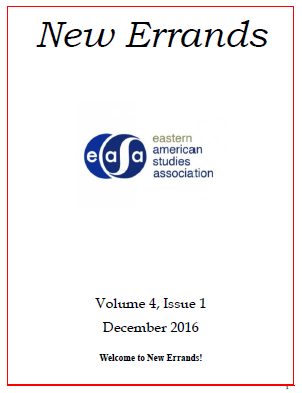The Women Who Said "NO!" A Look at the Women, the Language, and the Images Surrounding the United States Anti-Suffrage Movement
DOI:
https://doi.org/10.18113/P8ne4160142Abstract
Long before the likes of Susan B. Anthony and Elizabeth Cady Stanton began their rally cries of equality and freedom at the Seneca Falls Convention in 1848, women did have the right to vote in the United States. During the early Republic and the formation of its territories suffrage was limited to certain states such as New Jersey and later Utah. However, women that once had the right to vote were systematically stripped of that right through legislation. In New Jersey voting that was given to all "free inhabitants" by the original state constitution of 1776 became limited to free white males by 1807. Meanwhile in Utah, voting for women ended in 1887, with the passage of the Edmunds-Tucker Antipolygamy Act. In response to the lack of access to the franchise and other rights, suffragettes advocated vociferously for the vote over many decades into the early 20th century. They believed their cause was just and necessary for every woman. For them it was a civil right.

The Women Who Said "NO!" A Look at the Women, the Language, and the Images Surrounding the United States Anti-Suffrage Movement by Samantha Gaetjens Muller is licensed under a Creative Commons Attribution-NonCommercial 4.0 International License

